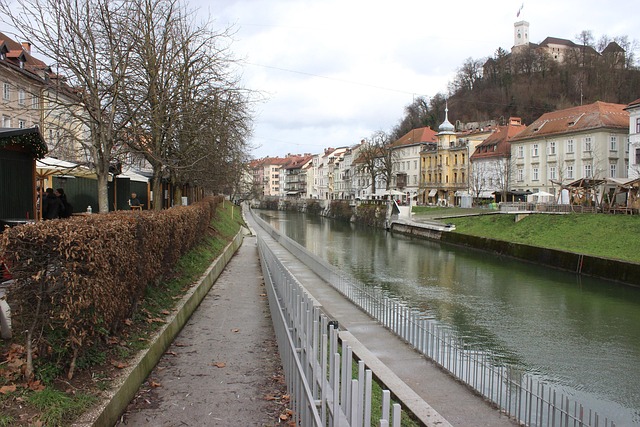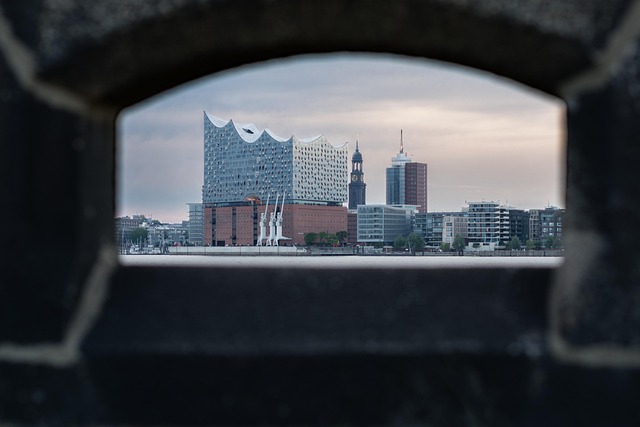Karachi, Pakistan's bustling metropolis, relies on two key roads: Airport Road for seamless access to the international airport and Shahra-e-Faisal for navigating the city center. While Airport Road experiences consistent traffic, Shahra-e-Faisal, a vibrant commercial hub, faces peak-hour congestion. Both thoroughfares are vital but contribute to Karachi's urban challenges, highlighting critical urban planning considerations.
In Karachi, Pakistan’s bustling metropolis, the debate between Airport Road and Shahra-e-Faisal as the city’s primary transport arteries rages on. This article delves into the heart of this discussion, analyzing the impact of both routes on traffic flow and their role in connecting key locations within the city. From examining infrastructure and amenities to exploring challenges and future prospects, we dissect the race for Karachi’s most efficient transportation network.
- Karachi's Transport Arteries: Airport Road vs Shahra-e-Faisal
- – A comparison of traffic flow and impact on the city
Karachi's Transport Arteries: Airport Road vs Shahra-e-Faisal

Karachi, Pakistan’s bustling metropolis, is renowned for its vibrant transport network, which includes two prominent arterial roads: Airport Road and Shahra-e-Faisal. These thoroughfares play a crucial role in facilitating the city’s movement and connectivity. Airport Road, as the name suggests, is a direct link to Karachi’s international airport, making it an essential corridor for air travel. It also connects major commercial hubs, ensuring seamless access to business districts and shopping centers.
On the other hand, Shahra-e-Faisal is a wide boulevard that cuts through the heart of Karachi, serving as a vital transportation artery for both locals and tourists. This road is known for its heavy traffic during peak hours but also offers easy accessibility to iconic landmarks, government buildings, and residential areas. Both roads have their unique significance in shaping Karachi’s urban mobility, each catering to different travel needs and contributing to the city’s dynamic character.
– A comparison of traffic flow and impact on the city

In Karachi, the comparison between Airport Road and Shahra-e-Faisal in terms of traffic flow and impact on the city is an intriguing aspect for residents and urban planners alike. Airport Road, known for its strategic connection to the international airport, often experiences a consistent flow of vehicular traffic throughout the day, especially during peak travel hours. This thoroughfare serves as a vital link between the city’s western suburbs and the airport, but it can lead to congestion, particularly when combined with local traffic from nearby residential areas.
On the other hand, Shahra-e-Faisal, one of Karachi’s primary arterial roads, presents a different traffic dynamic. While it also faces significant traffic during rush hours, its impact on the city is multifaceted. Shahra-e-Faisal not only facilitates commuter movement but also serves as a commercial hub, housing various businesses and markets. The road’s capacity to handle both vehicular and pedestrian traffic makes it a central component of Karachi’s urban landscape. However, like Airport Road, excessive traffic can lead to delays and contribute to the overall congestion in the city.
In the bustling metropolis of Karachi, understanding the nuances of its transport arteries is paramount for efficient navigation. While Airport Road and Shahra-e-Faisal both play vital roles in the city’s infrastructure, a closer look reveals distinct traffic flow patterns and impacts on Karachi’s overall mobility. By considering these factors, residents and visitors alike can make informed choices, contributing to smoother commuting experiences and enhanced connectivity within this vibrant city.

Leave a Reply